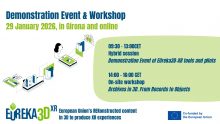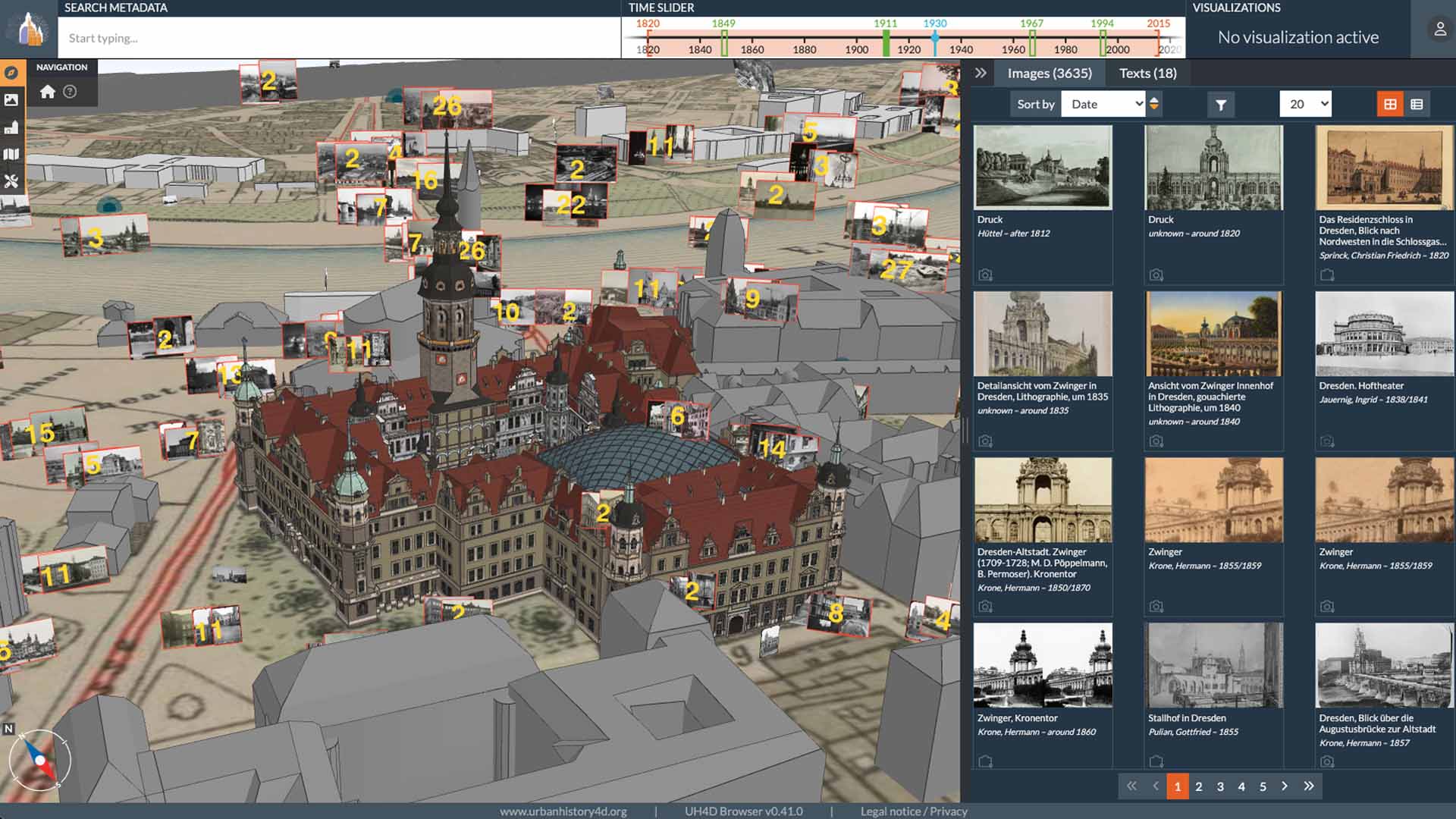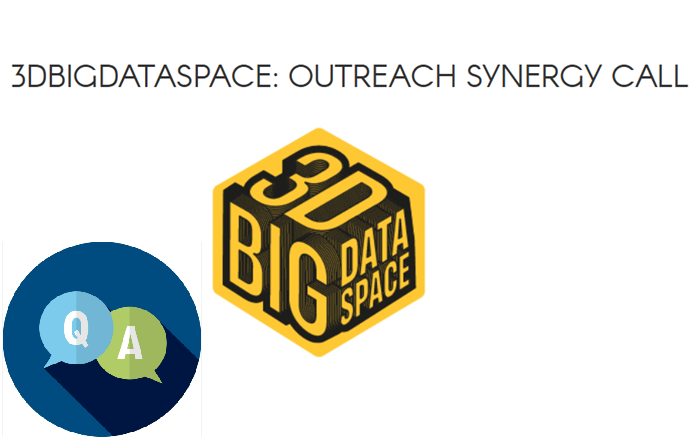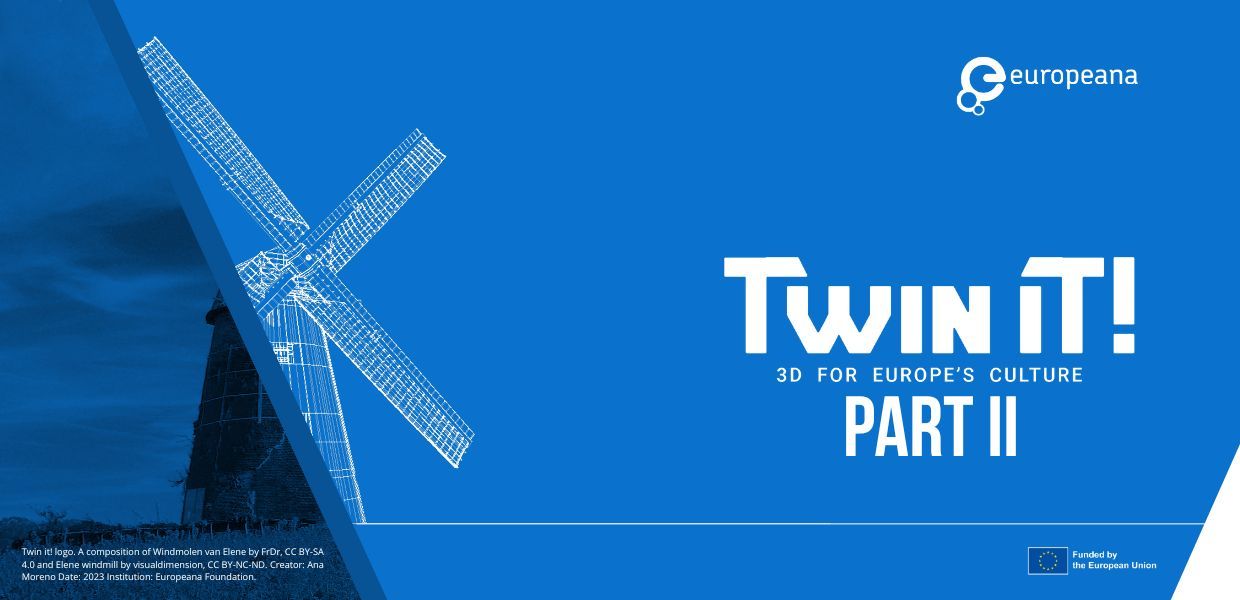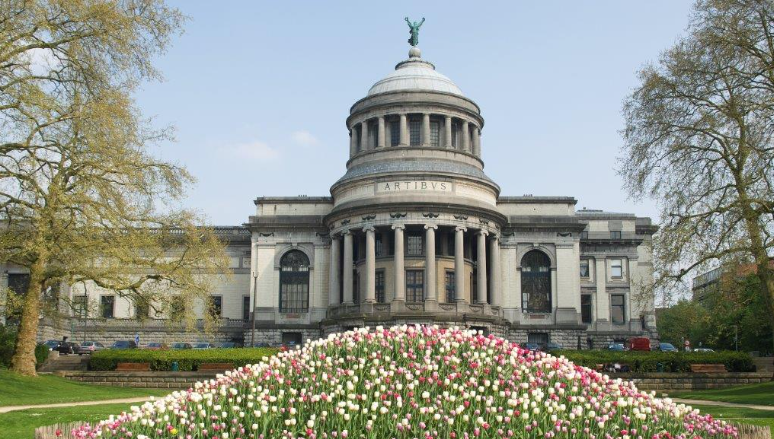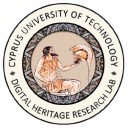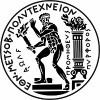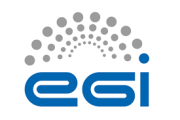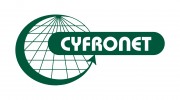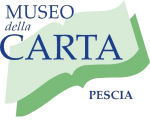3D Research Challenges in Cultural Heritage VI – DigitalTwin versus MemoryTwin
This book presents a collection of papers focussing on 3D digitisation in the domain of cultural heritage. The use of data acquisition technologies in digitising cultural heritage holds great potential for preserving and disseminating the history of mankind. However, to exploit these opportunities in full, comprehensive guidelines for documenting the process of digitisation are required. Only then can the efficiency and credibility of digital representations be assured.
Editors and Affiliations:
Marinos Ioannides, Cyprus University of Technology, Limassol, Cyprus
Eleanor Fink, International Cultural Heritage, Arlington, USA
Janet Anderson, Visiting Professor, ELTE, Budapest, Hungary
Antonella Fresa, Promoter s.r.l., Photoconsortium Association, Peccioli, Italy
Antony Cassar, Heritage Malta, Kalkara, Malta
Sander Münster, Friedrich-Schiller-Universität Jena, Jena, Germany
This open access publication:
- Explores 3D technologies used in the domain of cultural heritage
- Suggests guidelines for paradata documentation
- Compares Digital Twin with Memory Twin frameworks
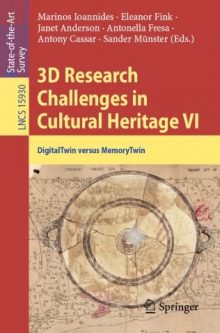 The traditional Digital Twin, which is a virtual replica of a heritage asset is evolving. Through the integration of AI, BigData, and advanced 3D Reconstruction, we’re entering a new ERA: the age of the Memory Twin.
The traditional Digital Twin, which is a virtual replica of a heritage asset is evolving. Through the integration of AI, BigData, and advanced 3D Reconstruction, we’re entering a new ERA: the age of the Memory Twin.
Unlike conventional digital models, the Memory Twin doesn’t just mirror the physical geometrical form of Monuments, Artefacts, or Sites. It remembers – embedding historical narratives, cultural meanings, Intangible knowledge, and Values directly into Smart and Intelligent 3D structures and representations. At its core lies Paradata as it is defined in the EU Study VIGIE 2020/654: the rigorous documentation and certification of every decision and process behind digital reconstruction. This ensures transparency, trust, scientific validity and high Authentic Quality results – the foundation for meaningful AI-driven heritage models. To guarantee quality, authenticity, identity and values, we advocate for a Certificate of Quality for both the input data and the AI-enriched outputs. This helps safeguard the integrity of cultural heritage in its digital form which ensuring it remains authentic, accessible, and IPR-free for future generations.
In the context of the book, among the many contributions from renowned experts, a paper about the research conducted during the EUreka3D project, addressing challenges of quality, infrastructure and competence so relevant in the community of cultural heritage institutions, is authored by Valentina Bachi and Antonella Fresa as EUreka3D project coordinator.
Access the publication on Springer: https://link.springer.com/book/10.1007/978-3-032-05656-6



